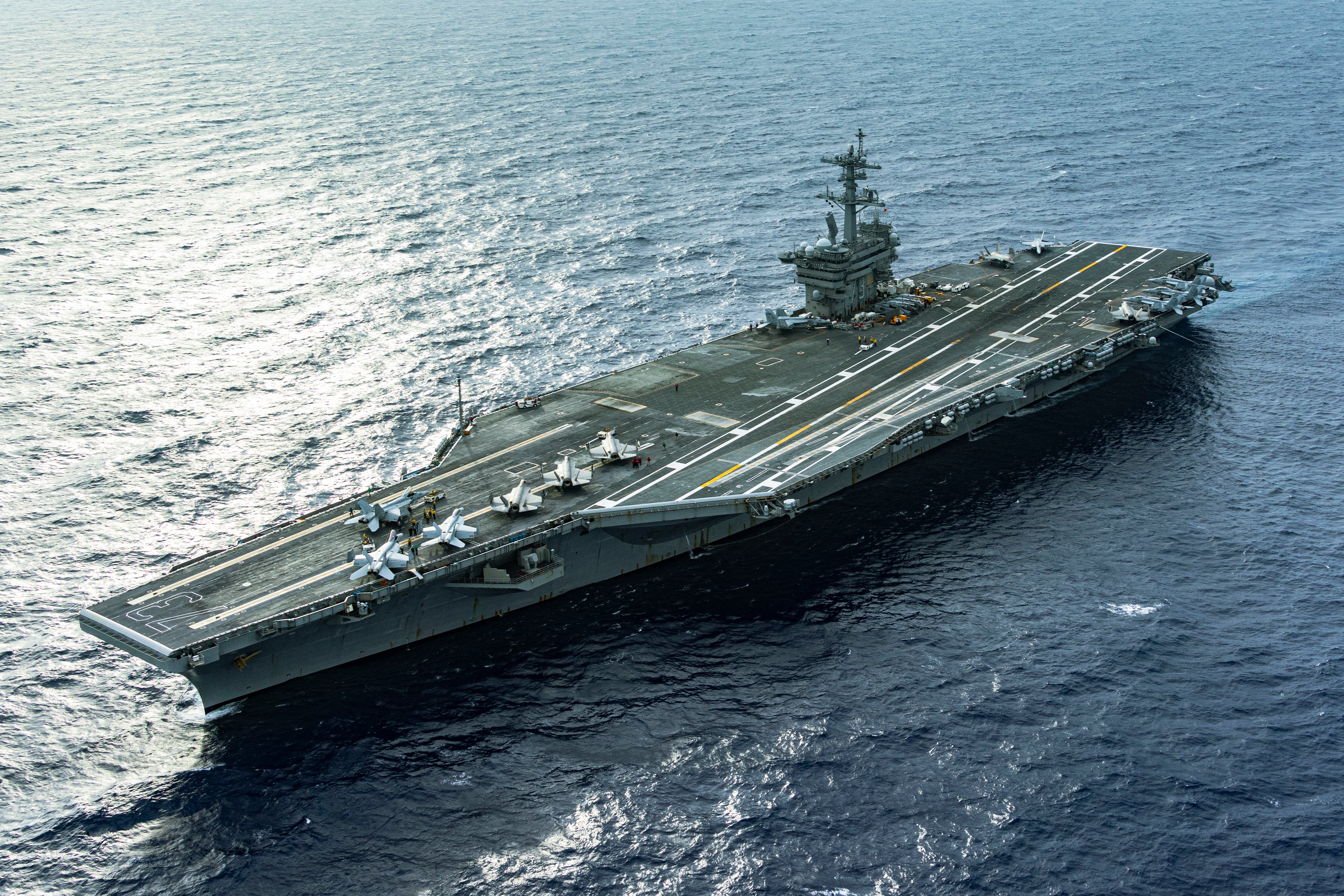NATIONAL HARBOR, Md. — The Space Force hopes a new model that combines operations, maintenance and acquisition in a single unit will bring more flexibility and efficiency to its daily missions.
Two of those units, known as “integrated mission deltas,” will stand up as early as October to “provide world-class effects in the face of a determined adversary,” Chief of Space Operations Gen. Chance Saltzman said here Tuesday.
It’s among the latest examples of how the youngest branch of the U.S. armed forces is trying to improve its combat prowess and quality of life by eschewing traditional military practices.
“As we’ve evolved from our historical origins in Air Force Space Command to the U.S. Space Force, it was an opportunity to relook at the kinds of organizational structures that we thought would be most effective for the new challenges associated with a contested space domain,” Saltzman told reporters at the Air and Space Forces Association’s annual Air, Space and Cyber Conference.
Typically, operations, sustainment, training and other facets of a squadron’s readiness are managed by different commands with specialized expertise. But fragmenting those roles can make it more difficult for each organization to understand the larger picture, and it can slow any needed improvements.
The Space Force believes that the colonels who run deltas — the service’s equivalent of Air Force wings or Army battalions — rank high enough to holistically manage readiness without losing touch with the realities of daily operations.
One new delta will support the Space Force’s electromagnetic warfare mission, while the other focuses on the positioning, navigation and timing (PNT) enterprise — missions that could yield quick, actionable results for troops at home and abroad.
Because space electronic warfare units deploy overseas, Saltzman said an integrated mission delta can streamline the process of moving them around the world.
“Sometimes it’s very simple. A deployable counter-[communications] system goes out the door with a generator. Does that generator work?” Saltzman said. “It’s going to get to an austere location and it’s going to have to have power. … We have to make sure that all the antennas have the right cabling [and] that the cabling is healthy before it goes out. Then, when it’s in the field, you’ve got to continue to do the maintenance.”
The PNT delta will focus on ensuring maintainers and contracting staff are on the same page as systems age and new combat requirements arise.
Including an acquisition element in the integrated mission deltas can also allow guardians to quickly develop new hardware and apps they need to adapt to emerging threats.
Saltzman said the experiment will show the Space Force whether deltas can have their own acquisition cell without disrupting larger, longer-term programs underway at Space Systems Command, the service’s development hub.
Other efforts to grow the military space enterprise are underway as well.
The Air National Guard is standing up two new military space units in Hawaii, including one to protect U.S. communications satellites and other space systems and another to infiltrate and confuse enemy networks.
And the Space Force in December aims to open a new subordinate headquarters in Europe to manage space operations across the continent. Those service component offices act as a voice for space missions in daily operations, ensuring the Space Force provides the right communications, missile warning and other services for troops in the region.
Space Force components are already working with the joint force at U.S. Indo-Pacific Command, U.S. Central Command and U.S. Forces Korea. That has created more realistic and helpful training exercises and built relationships between units, Saltzman said.
“They are talking with the same vocabulary, the same understanding of the missions, the same understanding of the people and the capabilities and it’s a much tighter integration,” he said.
Rachel Cohen is the editor of Air Force Times. She joined the publication as its senior reporter in March 2021. Her work has appeared in the Washington Post, the Frederick News-Post (Md.), Air and Space Forces Magazine, Inside Defense, Inside Health Policy and elsewhere.









